Out of all the cold emails you receive daily, how many of them do you open, enjoy reading, and then actually respond to?
As inboxes get more crowded, the emails that do succeed usually share one major trait — they deliver something valuable or interesting with a touch of personalization. Generic, low-quality outreach that makes someone feel like just a name on a list won’t grab your customer’s attention anymore, let alone result in a closed deal.
Yet as emails remain the number one channel for connecting with the audience, SDRs are swiftly mastering the art of personalization to break through the noise and create meaningful connections.
Let’s dive deep into the intricate world of email personalization and discover some effective tactics and tools to elevate your outreach along the way.
What is email personalization and why is it important?
In simple terms, email personalization is the practice of making an email unique to each recipient, tailored to their individual needs and preferences, while doing so at scale.
By adopting this practice, salespeople will also ensure they send the right message to the right person at the right time.
The importance of email personalization in today’s busy business landscape cannot be understated. Here are some hard numbers to prove that:
- Message personalization is the second most effective strategy for email marketing campaigns, following segmentation.
- Personalized emails show the prospect that you’re making a genuine effort to connect, building trust and credibility with your potential customers, which leads to significantly improved open rates (29%), reply rates, and conversion rates.
- Moreover, personalization is essential for customer engagement, which can translate to 20% more sales.
- While it will take some extra time to craft such emails compared to generic mass outreach campaigns, it pays off as 76% of customers will be dissatisfied due to a lack of personalization.
Besides, it only seems fair to invest some time in your prospects when asking them to do the same in return.
Key points of personalization in cold email
While crafting effective cold email outreach is no walk in the park, we can start by breaking down the 5 key components of your cold emails that can (and should) be personalized:
- Subject lines — are the gateways to your emails as the very first part of your message that prospects will view, making it vital to add a spark of personalization right then and there. Quite often, the subject line will determine whether your emails are opened or sent straight to spam, making your personalization efforts go unnoticed.
- Introductions — personalized intro sentences create a warm and inviting basis for connection, making your prospects, at the very least, interested in what you have to say. Addressing them by their first name and showing that you’ve taken the time to do some research are a great formula to success.
- Value propositions — as we get to the main part of our cold email, it’s imperative that you directly connect your value proposition with their unique business, rather than simply describing how great your product or service is. In other words, highlighting exactly how your product can be of value to their specific needs, perhaps with case study examples from similar clients.
- CTAs — it’s not a real sales or marketing email if there’s no call-to-action (CTA), but instead of ending all your messages with a standard book-a-demo CTA, why not tailor it to each prospect’s stage in their buyer journey? For instance, new leads can get a CTA to check out your product video and learn more, whereas those who’ve shown strong purchase intent may get a calendar link to book a meeting.
- Postscripts — while not a must-have part of a cold email, personalized postscripts (P.S.) are a fun way to end your emails on a high note and make them memorable. Postscripts can be hyper-personalized to your liking, either related to your product and offering or your prospect’s individual information, such as interests, achievements, etc.
All these email elements can be personalized to create a unique engagement experience for each prospect, making your cold emails perform far better than generic mass outreach (which today’s customers can spot right away).



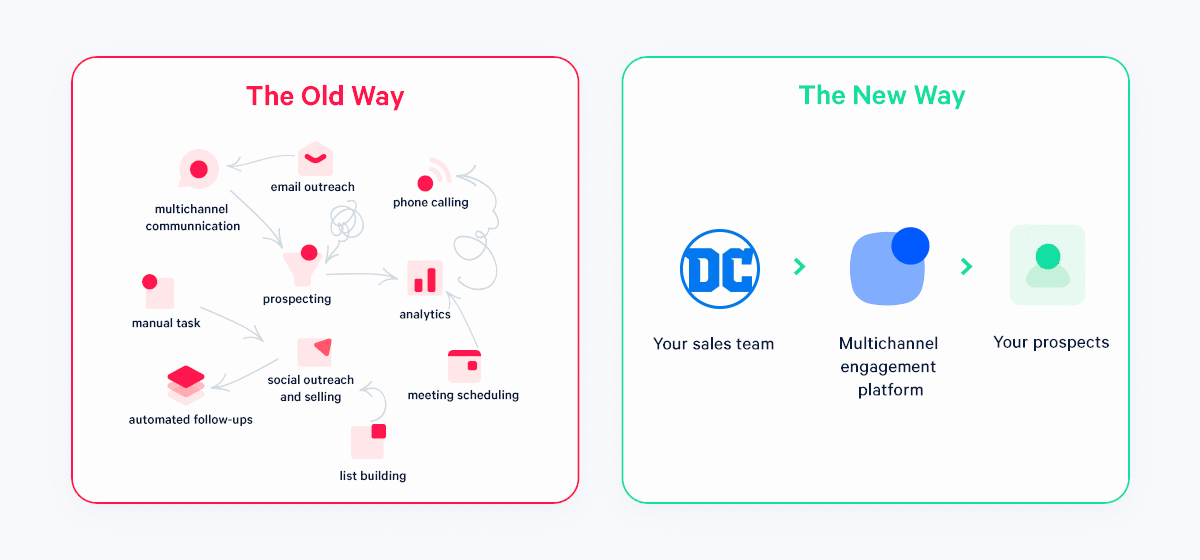
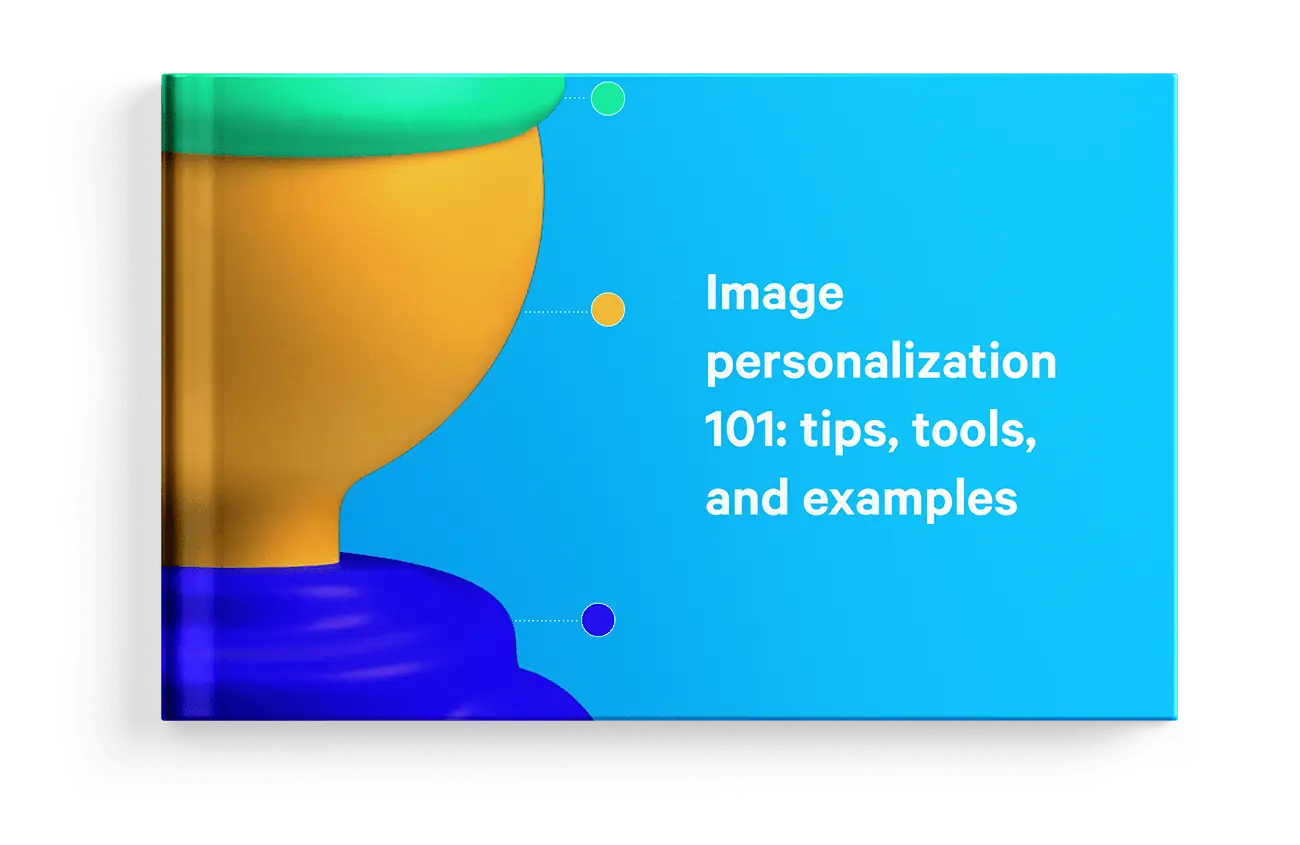
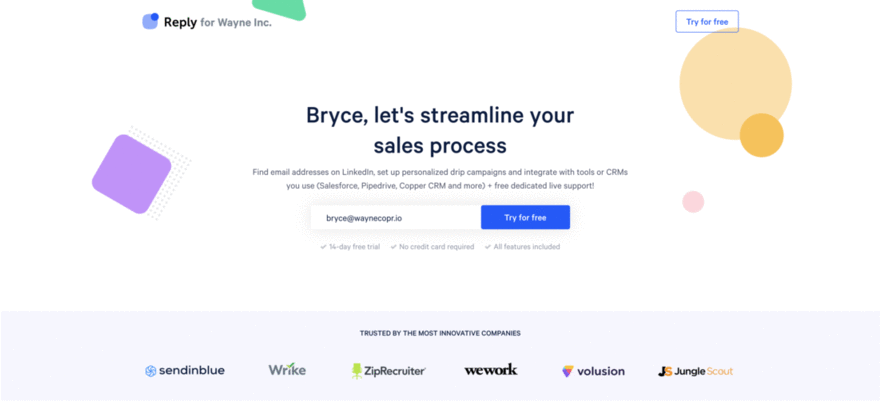

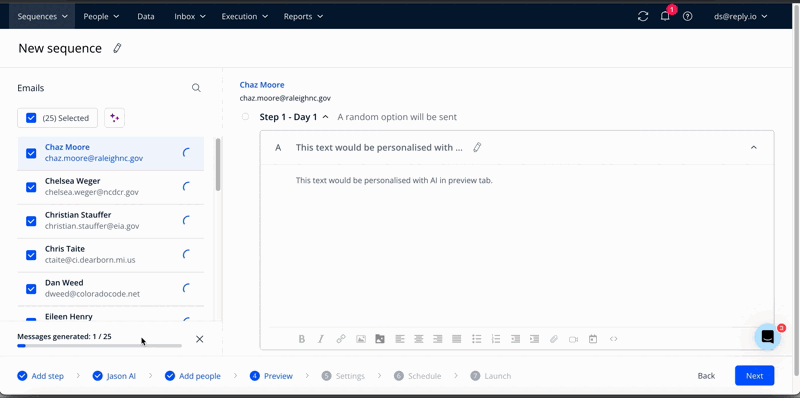
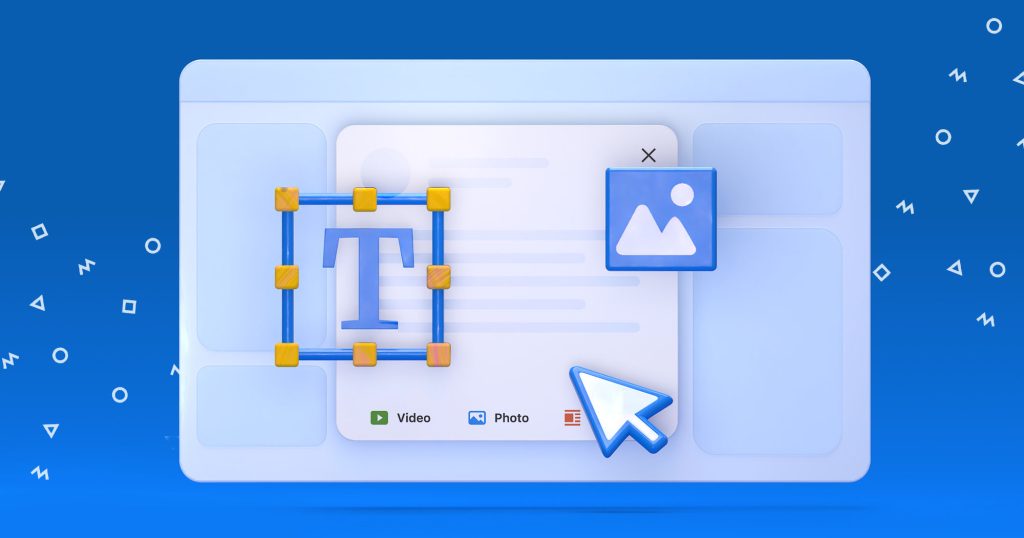
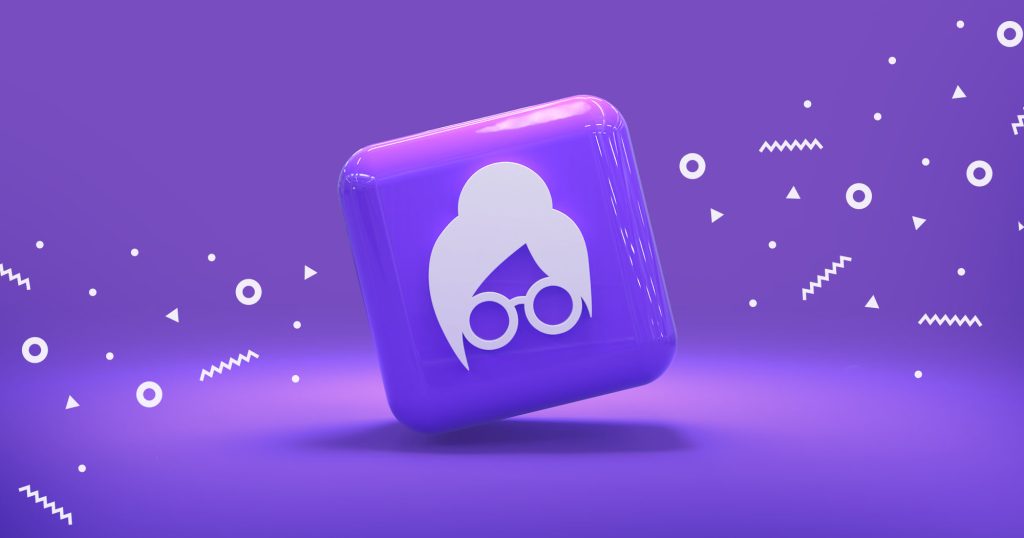

![New in 2025: Reply.io Teams Up with Persana AI [+Live Webinar] New in 2025: Reply.io Teams Up with Persana AI [+Live Webinar]](https://reply.io/wp-content/uploads/persana.io_-1024x538.jpg)